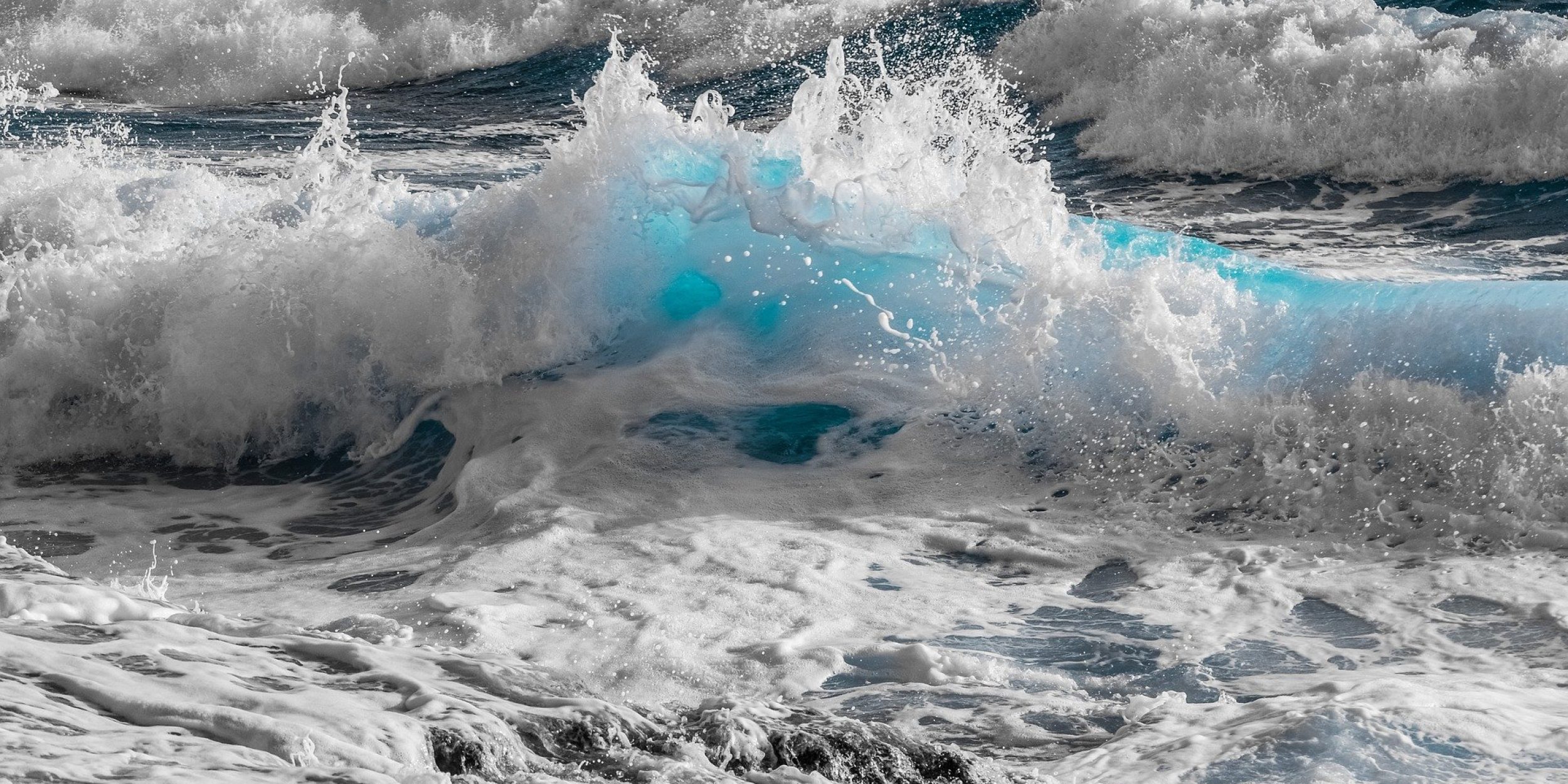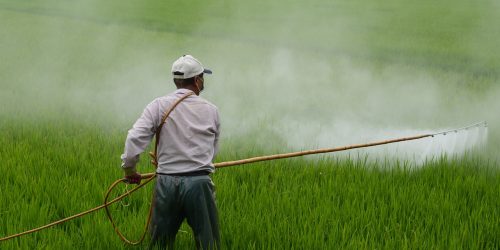Tropical cyclones, such as Hurricane Maria and Hurricane Dorian, contradicted forecasts and intensified prior to landfall, devastating unprepared communities expected weaker storms. One theory as to why forecasts and computer models did not pick up on this rapid intensification is due to the poor representation, or parameterization, of microphysics at the air-sea interface in current models. Using computational fluid dynamics (CFD) model and lab experiments, researchers funded in part by CPO’s Climate Variability & Predictability (CVP) program are the first to investigate the impact of bio-surfactants on sea spray with consequences for tropical cyclone intensification. Sea spray can both provide fuel that spurs tropical cyclones as well as drag that limits cyclones. Sea spray droplets contribute to heat and momentum transfers between ocean and atmosphere, which both play a role in influencing tropical cyclones. This paper, published in Nature Scientific Reports, demonstrates that surfactants significantly affect the generation of sea spray. Surface-active materials or surfactants majorly affect the stability of the air-sear interface where sea spray occurs. Surfactants can be produced by marine organisms such as phytoplankton and bacteria or appear on the sea surface due to oil spills and dispersants. Based on computational and lab results, the researchers conclude that bio-surfactants affect the size distribution of sea spray which can alter heat, energy, and momentum exchanges with consequences for tropical cyclone intensification or decline. They tested conditions representing Category 1, 3, and 5 storms, each of which showed substantial increase of spume concentration in the presence of surfactants. These findings are particularly relevant to areas with algal blooms, near coral reefs, or affected by oil spills and dispersants.
Uncovering the Links between Surfactants, Sea Spray, and Tropical Cyclone Intensification











